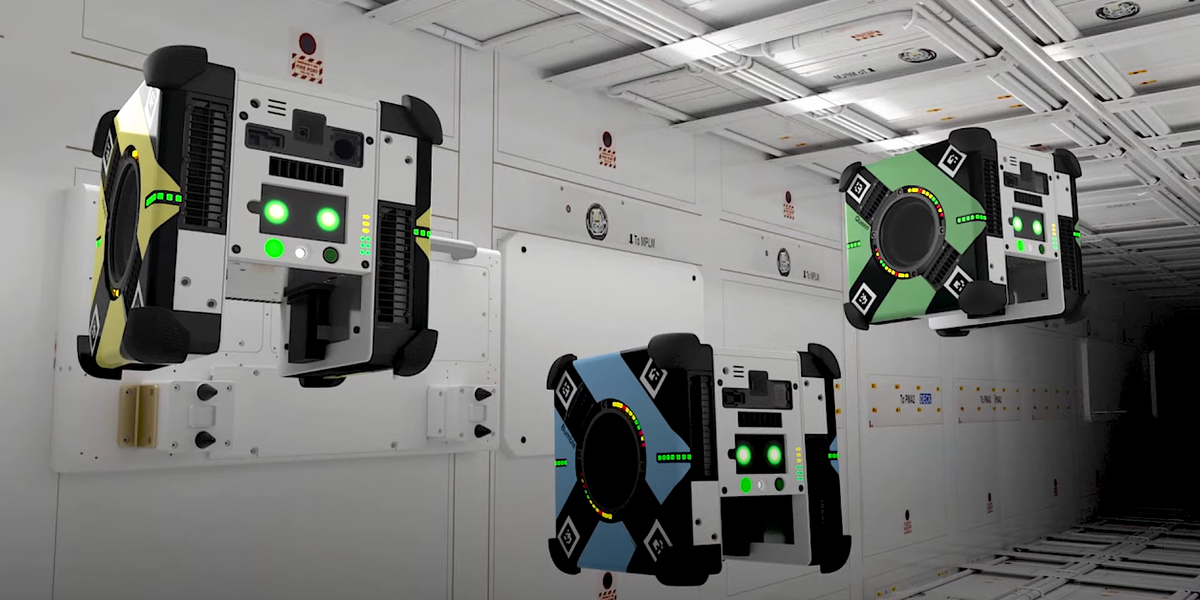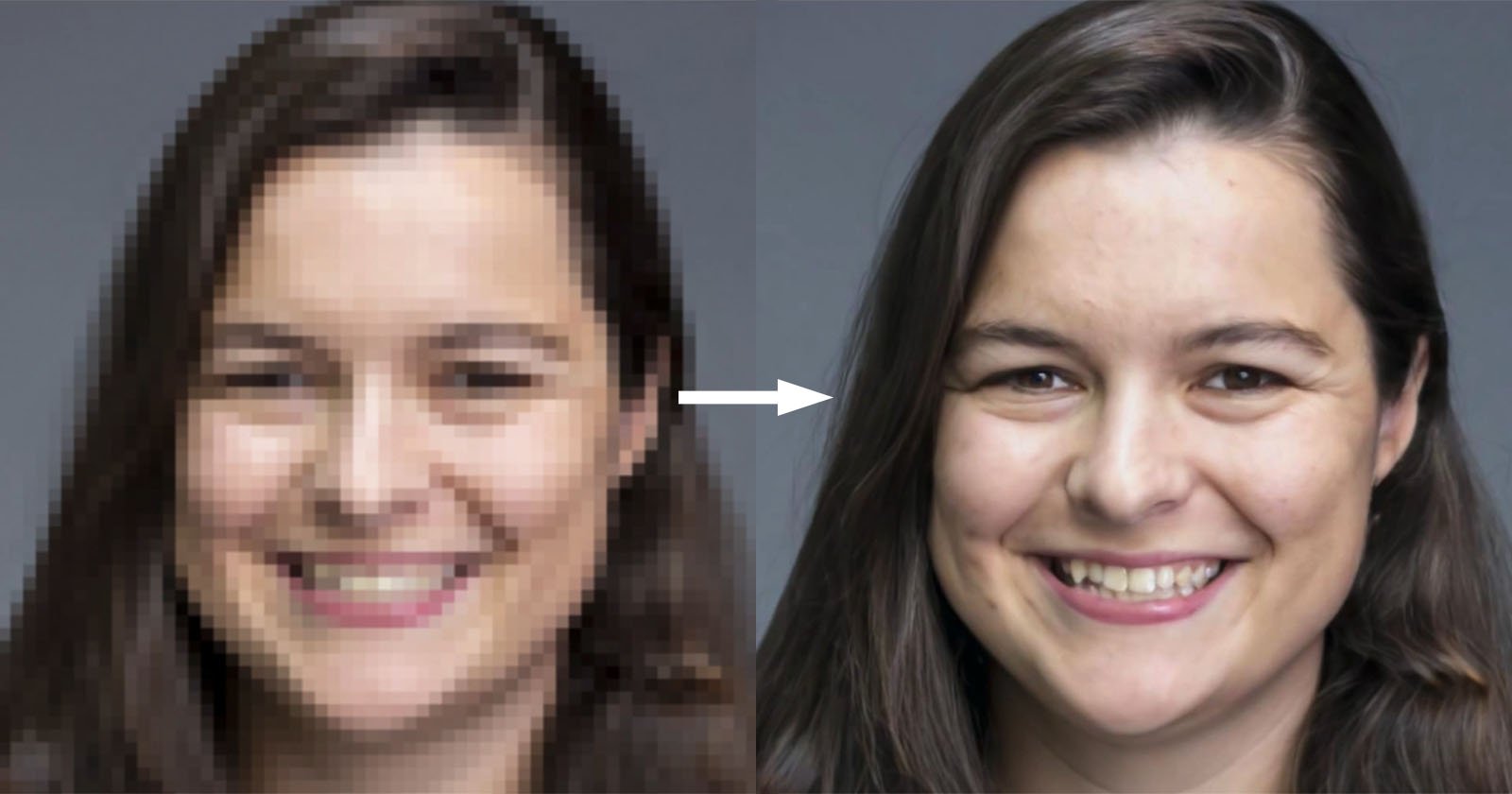Welcome to Nural's newsletter where you will find a compilation of articles, news and cool companies, all focusing on how AI is being used to tackle global grand challenges.
Our aim is to make sure that you are always up to date with the most important developments in this fast-moving field.
Packed inside we have
- Autonomous robots addressing emergencies in space
- Google's new image enhancement system
- and Facebook's recommender system taken off-line after failure
If you would like to support our continued work from £1 then click here!
Graham Lane & Marcel Hedman
Key Recent Developments
Astrobee will find astronauts’ lost socks

What: Small autonomous, cube-shaped "Astrobee" robots have been tested on the International Space Station carrying out routine tasks and troubleshooting. This follows a previous, problematic trial with a humanoid robot. An "Astrobee" completed an exercise to address a simulated air circulation problem, navigating to a vent and identify it was blocked by a "sock" (represented by a printout photo).
This development ties in with NASA's aim to build a permanent space station, called Gateway, that will orbit the moon. The station will act as a transit point for astronauts heading to the surface of the moon or, ultimately, Mars.
Key Takeaways: Tech use cases in extreme situations, such as space, often push forward innovation that will eventually be widely used in the normal world. How soon will NASA's robots or the concepts behind them be used to support normal homes with day-to-day tidying?
Google’s new AI photo upscaling tech is jaw-dropping

What: Google have developed an AI model that can transform an image from low to high resolution, achieving state of the art results on super-resolution tasks. The system does not make use of common image synthesis methods but employs a less well-known diffusion model. This works by “corrupting the training data by progressively adding Gaussian noise, slowly wiping out details in the data until it becomes pure noise, and then training a neural network to reverse this corruption process".
Key Takeaways: This break-through could have application in areas such as medical imaging. Against a background of concerns about facial recognition and mass surveillance it could also give rise to a new tranche of ethical conundrums.
Must-watch demonstration of diffusion technique
Facebook apologizes after AI puts ‘Primates’ label on video of black men

What: What: Facebook users who recently watched a video from a British tabloid featuring black men saw an automated prompt asking if they wanted to “keep seeing videos about Primates”. Facebook has apologised for what it called “an unacceptable error” and has disabled the recommender system whilst it is investigating.
Key Takeaways: Large models operated by large companies are coming under increasing scrutiny for bias and failures. Recent papers such as On the Dangers of Stochastic Parrots and On the Opportunities and Risks of Foundation Models have highlighted the risks and suggested remedies. But these require significant changes in approach.
It is becoming increasingly clear that work must be done at both a data and personnel level to reduce the existing bias within AI systems.
AI Ethics
🚀 What can we do about bias in AI?
Following the latest failure of the Facebook recommender system and further examples of bias reported below ...
🚀 Bias persists in face detection systems from Amazon, Microsoft, and Google
Paper: Robustness Disparities in Commercial Face Detection
🚀 The secret bias hidden in mortgage-approval algorithms
In the U.S.A., loan applicants of colour were 40%–80% more likely to be denied than their White counterparts
Other interesting reads
🚀 Should mass surveillance technology be banned outright?
U.N. Human Rights experts call for a moratorium on the sale of surveillance technology until protections are implemented
🚀 Police in at least 24 countries have used Clearview
Public bodies have been experimenting with controversial facial recognition system, often without official approval
🚀 AI computers can’t patent their own inventions — yet — a US judge rules
Unlike South Africa and Australia, it seems the law is more clear in the U.S.A that the inventor must be an “individual”
🚀 Stochastic parrots 🦜 and shaky foundations
A critique of the new Stanford Center for Research on Foundation Models that investigates large AI models run by large companies
🚀 'Always there': the AI chatbot comforting China's lonely millions
XiaoIce is reported to account for 60 percent of global human-AI interactions by volume
Cool companies found this week
Rent-a-robot: Silicon Valley’s new answer to the labor shortage in smaller U.S. factories
Here are 3 companies offering robots for hire:
Vicarious - Robots-as-a-Service
Formic - Robots by the hour
Rapid Robotics - Ready-to-work Robotic Machine Operators from only $2,100 per month
AI/ML must knows
Foundation Models - Any model trained on broad data at scale that can be fine-tuned to a wide range of downstream tasks. Examples include BERT and GPT-3. (See also Transfer Learning)
Few shot learning - Supervised learning using only a small dataset to master the task.
Transfer Learning - Reusing parts or all of a model designed for one task on a new task with the aim of reducing training time and improving performance.
Generative adversarial network - Generative models that create new data instances that resemble your training data. They can be used to generate fake images.
Deep Learning - Deep learning is a form of machine learning based on artificial neural networks.
Google's progress in image enhancement reminded us of an iconic scene from the original Blade Runner film.
Best,
Marcel Hedman
Nural Research Founder
www.nural.cc
If this has been interesting, share it with a friend who will find it equally valuable. If you are not already a subscriber, then subscribe here.
If you are enjoying this content and would like to support the work financially then you can amend your plan here from £1/month!


